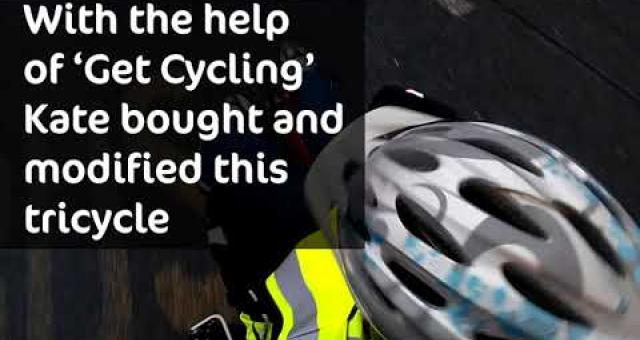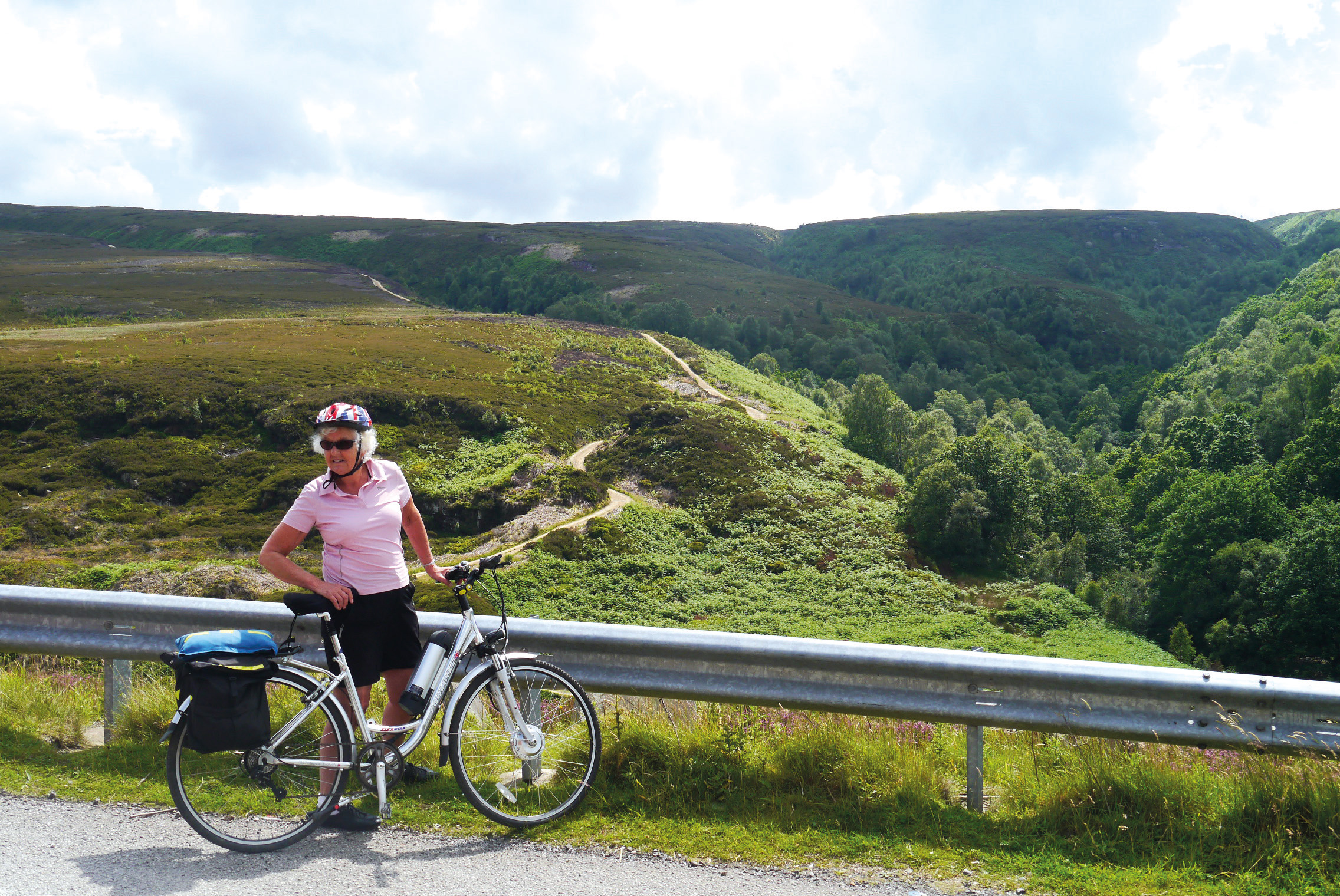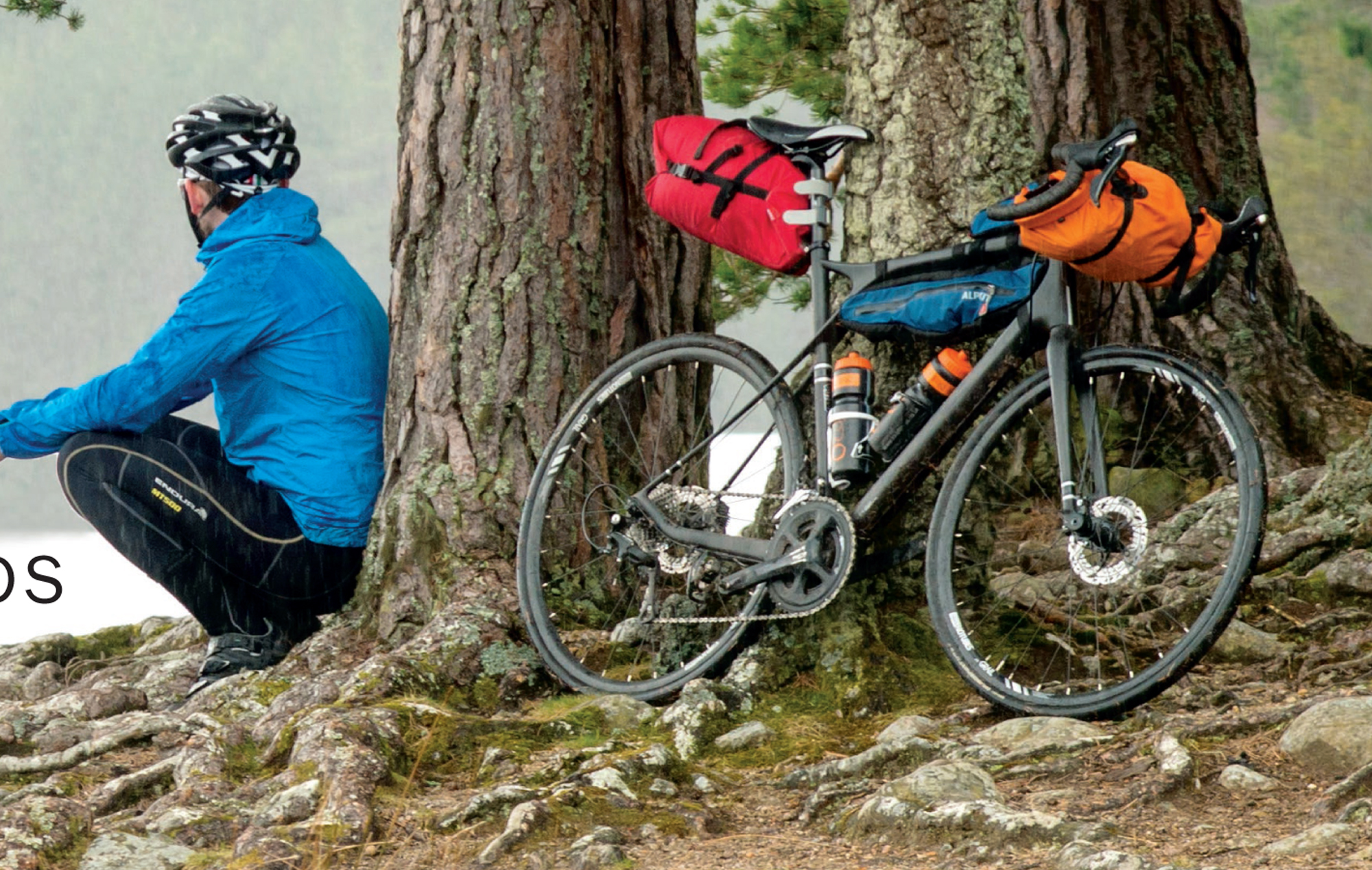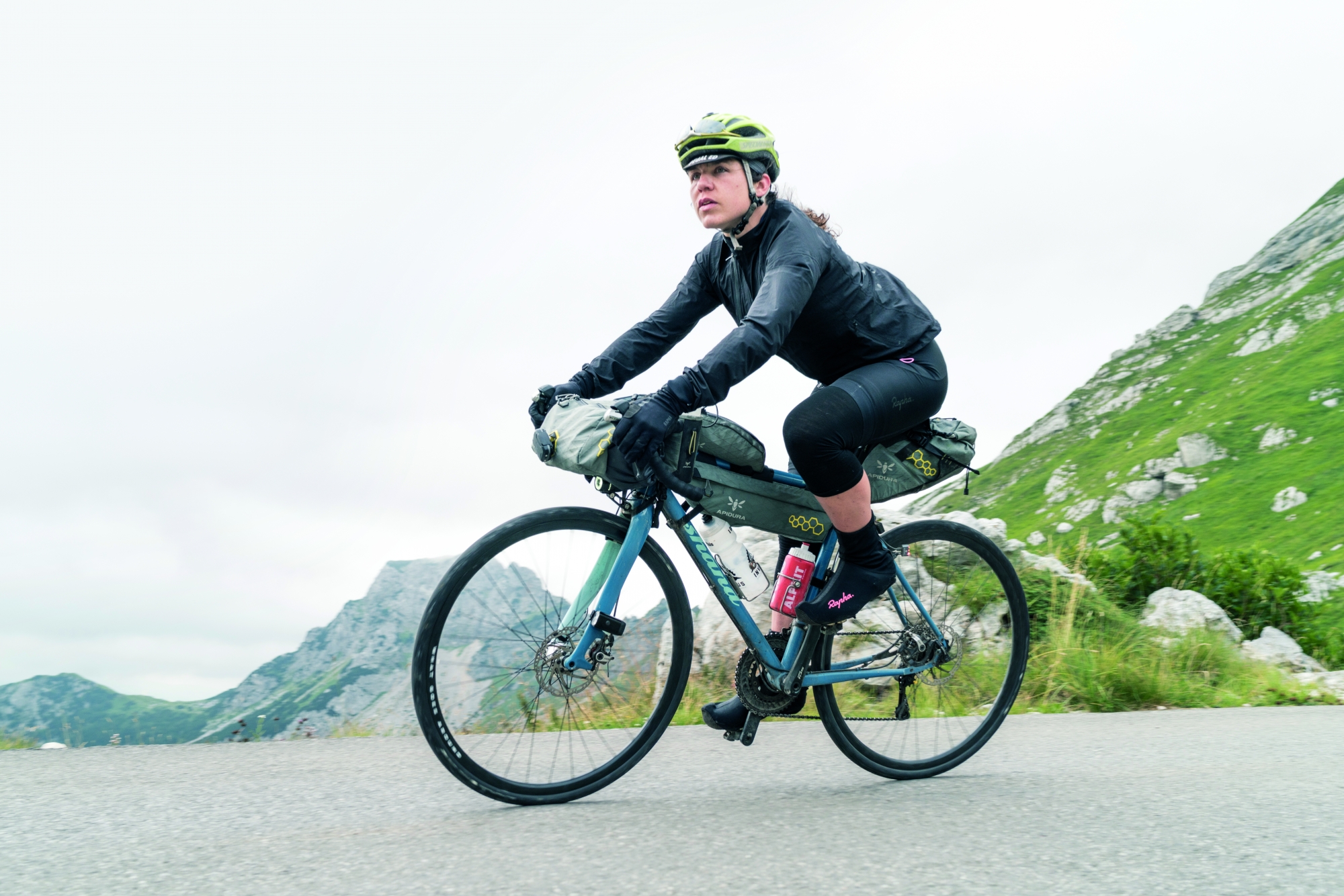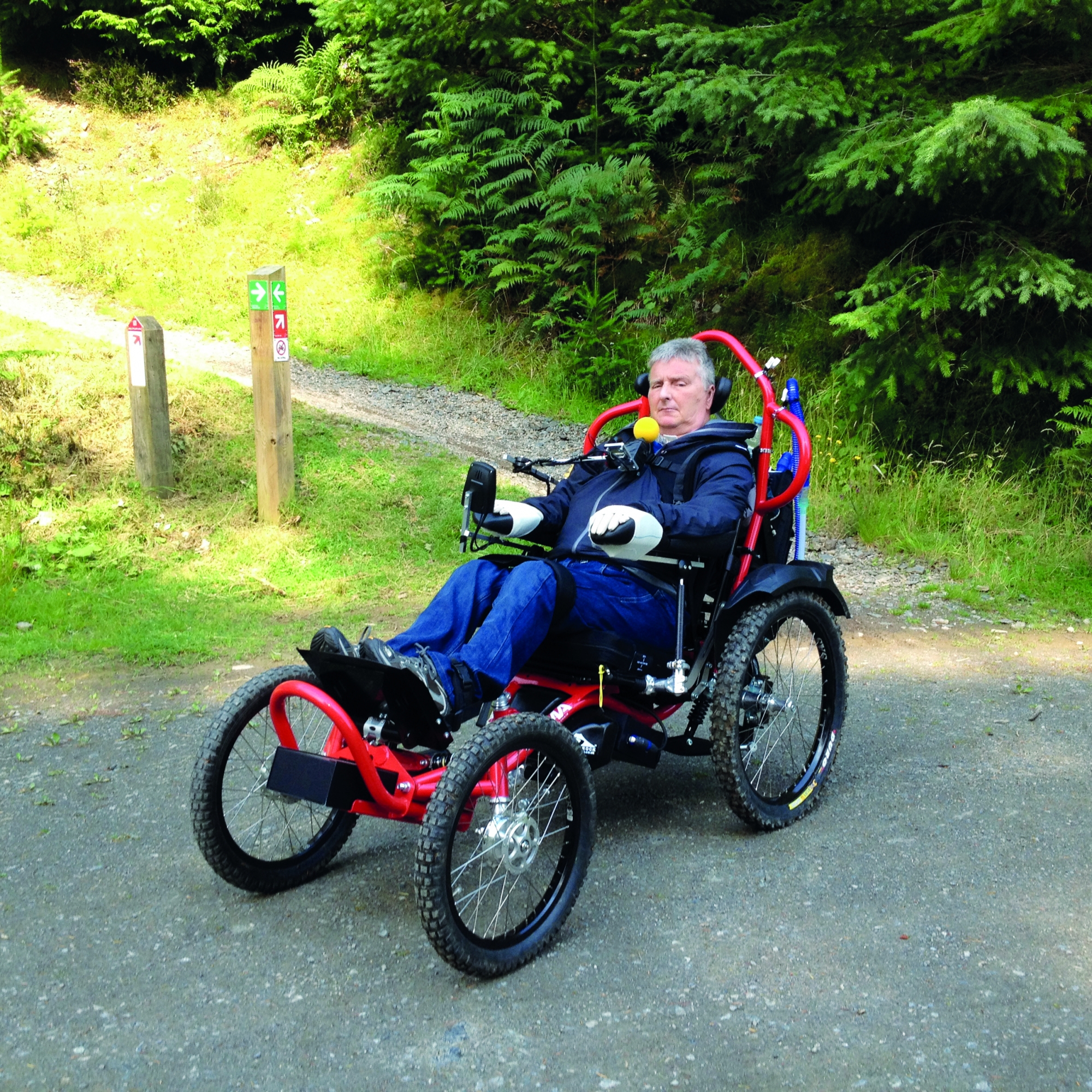My trike: Richard Scrase's Whike
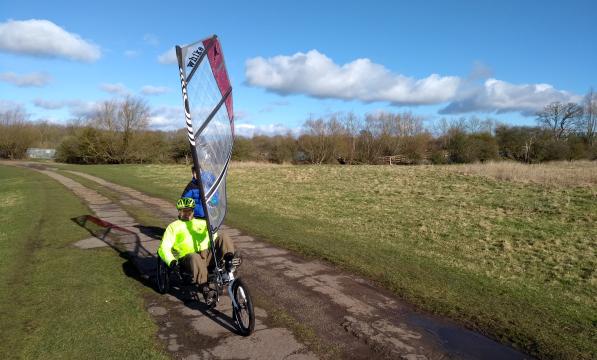
Sunday morning: a Force 4 westerly wind and bright sun – ideal conditions for playing on my new Whike trike. Wind is usually only the cyclist’s friend when it’s at your back, but when your cycle is helped along by nearly two square metres of windsurfer sail, any direction of wind other than a direct headwind helps.
I’ve had a thing about wind-assisted cycling ever since seeing a TV clip of touring cyclists with a small, square sail mounted above the handlebars, pushed by the wind through the American desert landscape. Then there were the folk who attempted to sail the Sahara. While trying to track down the film of that adventure, I came across the Whike – a trike with a sail. I found a secondhand model on eBay, bid on it, and won.
Hoist the sail!
The Whike was invented and built in the Netherlands, which is perhaps not surprising. It’s ideal for flat, open, windy country with proper bike lanes. I’m assured that it is road legal, and I have ridden it a few times through Oxford with the sail up, but not when the wind has been blowing as it was on that particular Sunday, when I headed down to Port Meadow.
The Whike was invented and built in the Netherlands, which is perhaps not surprising. It’s ideal for flat, open, windy country with proper bike lanes.
Richard Scrase
The bike itself is a nicely-built recumbent trike, with a long wheelbase to give stability, and an adjustable seat, so you can be fairly prone or more sat up, which I prefer. The mast and sail are very easy to set up, although you have to face into the wind as you do so or the unladen bike tips over.
The steering is well positioned, with brakes and gears all easily controlled, even when one hand is grasping the rope that tensions the sail. The three disc brakes stop you fast. The very stout rear rack can carry an expedition load; Whikes have been used to traverse the Taklamakan desert! But the heaviest load we’ve put on it is my ten-year old son.
I had a quick whizz up and down, riding at about 10mph with no pedal assistance. It felt faster, as you’re so close to the ground. My friend Matt had a go and still picked up a good speed under wind power alone, despite being a fair bit bigger than me.
I gave my children Idris and Xanthe a ride on the back. Then they had a go on their own. It made me realise why jockeys are generally on the small side: the Whike fairly flew along, reaching 15mph or more without pedalling. Then the two of them had a ride together. A strong gust tipped them over onto the grass, my cry of ‘Let go off the rope!’ unheard. They were unharmed.
It was such a windy day that we didn’t need to pedal except before and after we’d put up the sail – and I didn’t initially notice, when I got back on the Whike, that the children had mangled the chain, entangling it around the front sprockets. The gearing is the one thing I would change about the Whike. I had already inadvertently used the rear derailleur as a plough when crossing rough ground, and had to clean it out and bend it back into shape. A hub gear, with gears and chain nicely removed from contact with the ground, might better suit a trike that is likely to be used off-road. The only other thing I’m going to fit is a headrest. Now, when are we expecting the next westerly?

